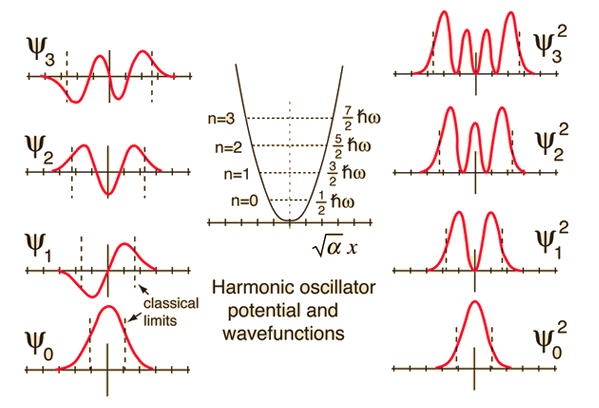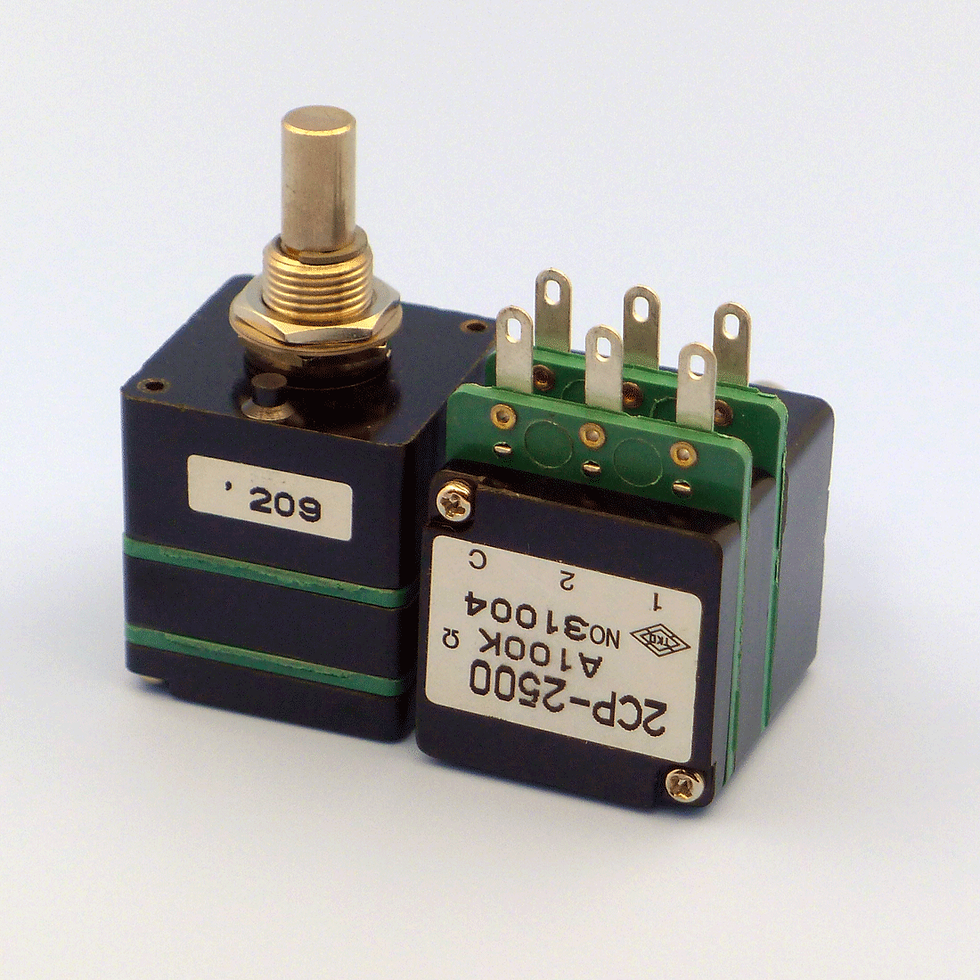Quantum Mechanics 1D Harmonic Oscillator Simulator Crack Free [Win/Mac] 2022 [New]
- sokutemdice
- May 19, 2022
- 4 min read

Quantum Mechanics 1D Harmonic Oscillator Simulator Crack Keygen Full Version PC/Windows (Latest) – Simulator does not need direct connection to the internet, once you install the software, it will automatically update itself from online version. – Simulator allows simulation of all steps of calculation, from determination of eigenvalues, solving of eigenvalue equation and determination of the wave functions, all this are detailed in the help file. – Can be started and closed at anytime. – Can be customized, can be turn of any part of the simulator at any time to examine only one part of the simulation, this is very useful in examination of infinite products. – Allows the user to output and save results at any time. – Easy to use, no programming knowledge required. – Includes an extensive help file, with all the details about the operation of the simulator. – The ability to access the online version of the simulator if available. – The ability to define all the inputs of the simulator, from the maximum time of the simulation, to frequency, mass, intensity, etc. – The ability to output an output file with the parameters of the simulation, all of this is explained in the help file. – The ability to save the result of the simulation at any time, this can be done also for infinity, this can be very useful to examine infinite products. – Allows to use any desired number of terms in the power series expansion. – Allows the user to save the full information to the file. – Allows the user to save only a few terms, this can be very useful to examine infinite products. – Allows the user to simulate the solver, this can be done also for infinity, this can be very useful to examine infinite products. – Allows the user to save the infinite information to the file. – Allows the user to save only a few terms, this can be very useful to examine infinite products. – Allows the user to simulate the expansion of the logarithm. – The ability to allow the user to decide the quality of the approximation, this can be done for infinity, this can be very useful to examine infinite products. – Allows the user to decide the number of terms to include in the approximation, this can be done for infinity, this can be very useful to examine infinite products. – Allows the user to decide the size of the interval, this can be done for infinity, this can be very useful to examine infinite products. – Allows the user to simulate all the steps of the Fourier analysis, this can be done for Quantum Mechanics 1D Harmonic Oscillator Simulator Crack+ X64 Quantum Mechanics 1D Harmonic Oscillator Simulator is a Java application designed to be easy to use. The design of this app also follows the same principle as the official java simulator for Quantum Mechanics one dimensional harmonic oscillator, which is: Extract the probability distribution function of a wave function by using the MATHEMATICA. This simulator also uses two main functions; first to get and second to plot. They are functions of the length of the harmonic oscillator. These functions are: where N is the number of discretization and R is the radius of the discretized space. For the first function you have to input parameters such as the mass, the spring constant and the amplitude of the wave function. Plots the probability distribution function (PDF) of a wave function. For the second function you have to input parameters such as the mass, the spring constant and the period of the harmonic oscillator. Helpers: Number of Discretization Radius of the discretized space MASS KINETIC Period Importance of the simulation The importance of the simulation is that it allows to plot the probability distribution function of a wave function on a graph, and even more, it can plot the wave function at each discretization. Screenshots: Main Lets Start About the simulator The simulator follows the same principle as the official java simulator for Quantum Mechanics one dimensional harmonic oscillator, which is, to extract the probability distribution function of a wave function by using the MATHEMATICA. The following is a list of the difference between the official simulator and the simulator in this project: 1. The official simulator use the MATHEMATICA to calculate the probabilities of the various probability distribution functions, whereas, in this simulator, use the Class CompoundMath to do the same. 2. In the official simulator, the probability distribution function has a file to save in, but this simulator does not. 3. In the official simulator, the graph was drawn as an image with an exporter, whereas, in this simulator, the graph is drawn as a Java graph in jGraph. Programming The simulator uses the Jar files you have already downloaded in your computer, and they are as follows: The following is the Java source code of the simulator: package quantummechanics1dhoscillator; import javax.swing.JFrame; import java.awt.Dimension; import java.awt.Graphics; import java.awt.Graphics2D; import java.awt.RenderingHints; import java.awt.event.ActionEvent; import java.awt 1a423ce670 Quantum Mechanics 1D Harmonic Oscillator Simulator Activation Code Simulator for the one dimensional quantum harmonic oscillator and its properties. Implement the Hamiltonian of a one dimensional harmonic oscillator. Implement time-dependent problems. Implement time independent problems. Implement energy levels in a given energy scale. Implement energy eigenvalues and eigenfunctions. Implement two types of relations of the Harmonic Oscillator: resonance and anti-resonance. The Energy of the 1D Harmonic Oscillator A 1D Harmonic Oscillator is a one dimensional system with a simple mathematical structure. The Hamiltonian for a 1D Harmonic Oscillator is defined by: H=p2+2bq, Where p and q are defined as: p=-i∂/∂q and q=x. The resulting differential equation is: δq/δt=0,δp/δt=2biq, The solutions of the differential equation are: q(t)=q0 cos(wt) and p(t)=p0 sin(wt) The (unitary) evolution operator U is defined as: U=e(t) exp(-iHt)=exp(-iHt). The Evolution operator for a free particle is: U=e(t)=e(t)=e(0)e(-iHt). If the system starts in a state with a wave function ψ(x)=Aexp(iPx/ħ), where ħ is the reduced Planck’s constant, then the wave function after the evolution is: ψ(x,t)=Uψ(x,t)=e(t)Uψ(x,t)=e(0)exp(-i2bx)e(-iHt)ψ(x)=Aexp(-iPx/ħ)exp(-i2bx)exp(-iHt)ψ(x)=Aexp(-iPx/ħ)[cos(2bx)exp(-iHt) + sin(2bx)Hexp(-iHt)]. If we divide by the A^2=A e^(2iPx/ħ) we get that the evolved wave What's New In Quantum Mechanics 1D Harmonic Oscillator Simulator? System Requirements: OS: Windows 7 SP1, Windows 8.1, Windows 10 (64-bit) Processor: Intel Dual Core 2.0 GHz or AMD Athlon 64 X2 4200 Memory: 1 GB RAM Storage: 5 GB available space Video Card: NVIDIA GeForce GTX 650 or ATI Radeon HD 5870 with 1 GB VRAM Additional Notes: 1. Clicking on the "x" close button will exit the game. 2. Save Games are installed on your HDD.
Related links:



Comments